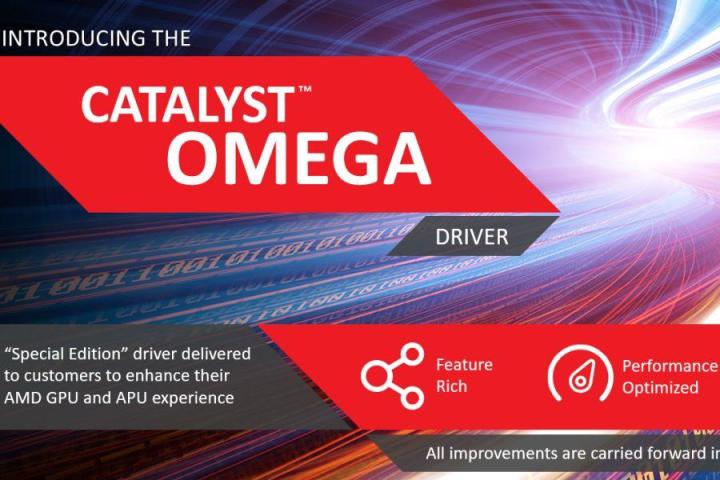
Enter Omega, the latest AMD Catalyst software update and probably the most feature-packed firmware version in… forever. Coded to squeeze every imaginable drop of performance out of the high-end Radeon R9 285, 290, 290X and 295X2, the driver heavily revamps gaming in more ways than one.
For starters, Omega “enables the Ultra HD revolution”, incorporating an image upsampling technique very similar to Nvidia’s Dynamic Super Resolution. In fact, Virtual Super Resolution (VSR) is virtually identical to DSR, allowing you to enjoy “near Ultra HD quality” content on Full HD monitors. Textures will appear a bit sharper and fine objects will appear smoother and more detailed.
Stutter, tearing and lag are being tackled, as well, with Freesync, a display sync technology that apes a software solution already introduced by Nvidia. But many will argue FreeSync isn’t as much a G-Sync clone as it is a reinterpretation and improvement of Team Green’s ingenious concept.
Easier to adopt by the masses, FreeSync merely needs this Catalyst Omega driver and one of the many dozens of compatible displays coming from Samsung and other industry veterans as early as January’s CES 2015. If AMD’s strategy executes as planned we’ll soon see Freesync monitors drastically outnumber their G-Sync rivals.
Normally, the changelog would wrap up by now, but AMD really pulled out all the stops with Omega. 5K monitor support has been added to the mix along with the ability to set up a smooth, fully functional 24-display arrangement with four GPUs on hand.
A slew of very particular gaming performance enhancements serve as yet another highlight here, including up to 29 percent better experience in Batman: Arkham Origins, and speed boosts of between 10 and 20 percent in blockbusters like Bioshock Infinite, Grid 2, Sniper Elite 3, and Rome 2: Total War.
Bug fixes are included, as well, rolled out by popular demand after months of gathering community feedback. Forget pricey, fancy, next-gen GPUs. Catalyst Omega is going to make that OG Radeon R9 290 feel as good as new, and it can be downloaded and installed for free.
Editors' Recommendations
- Nvidia is the ‘GPU cartel,’ says former AMD Radeon manager
- AMD may soon launch a new GPU, but it’s probably not the one you think
- Nvidia RTX 4070 Ti vs. AMD RX 7900 XT: Two odd choices for your next GPU
- AMD Radeon RX 7000 series: Everything we know about the RDNA 3 GPU
- This new AMD feature can boost your games with one click



